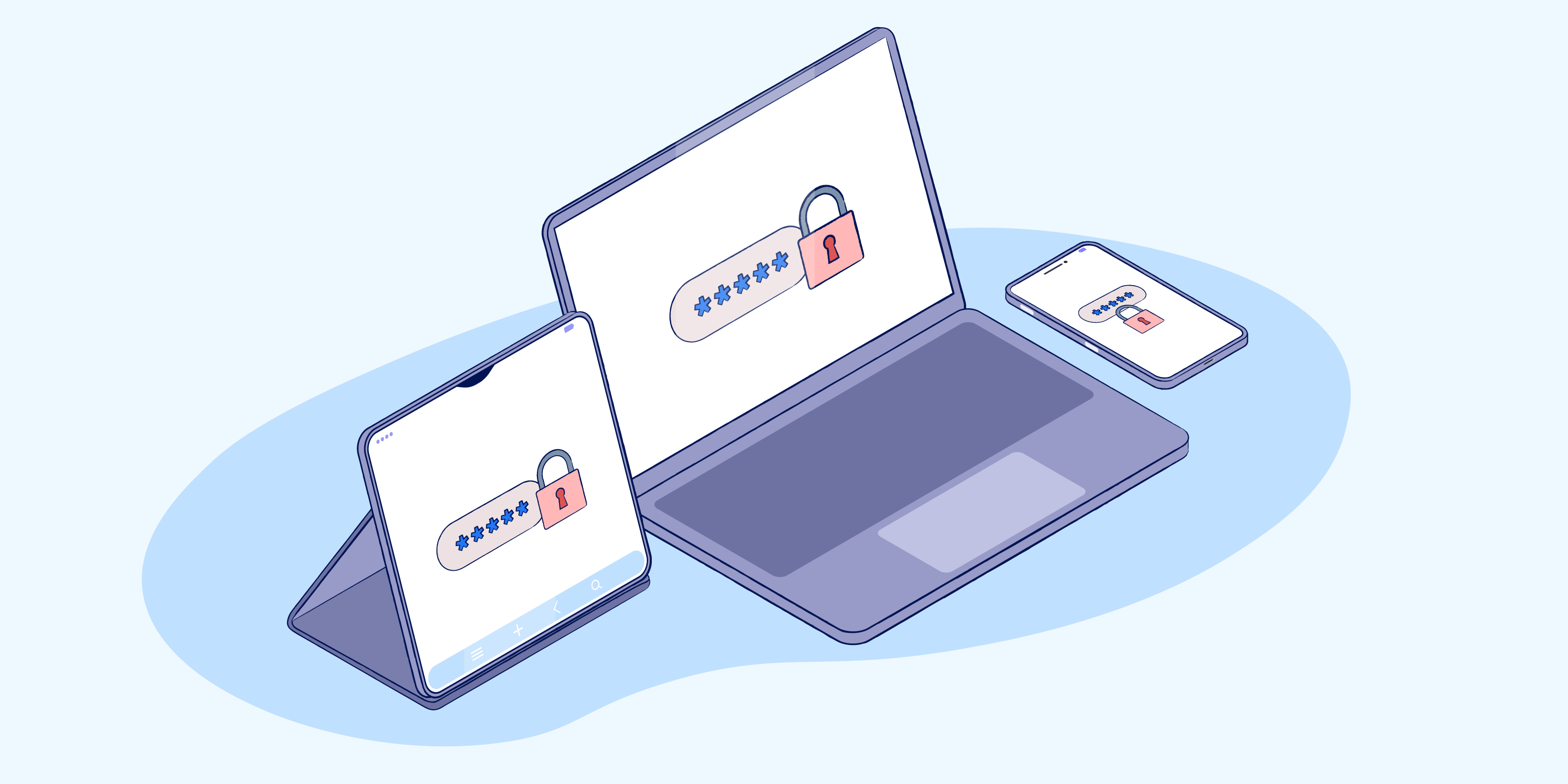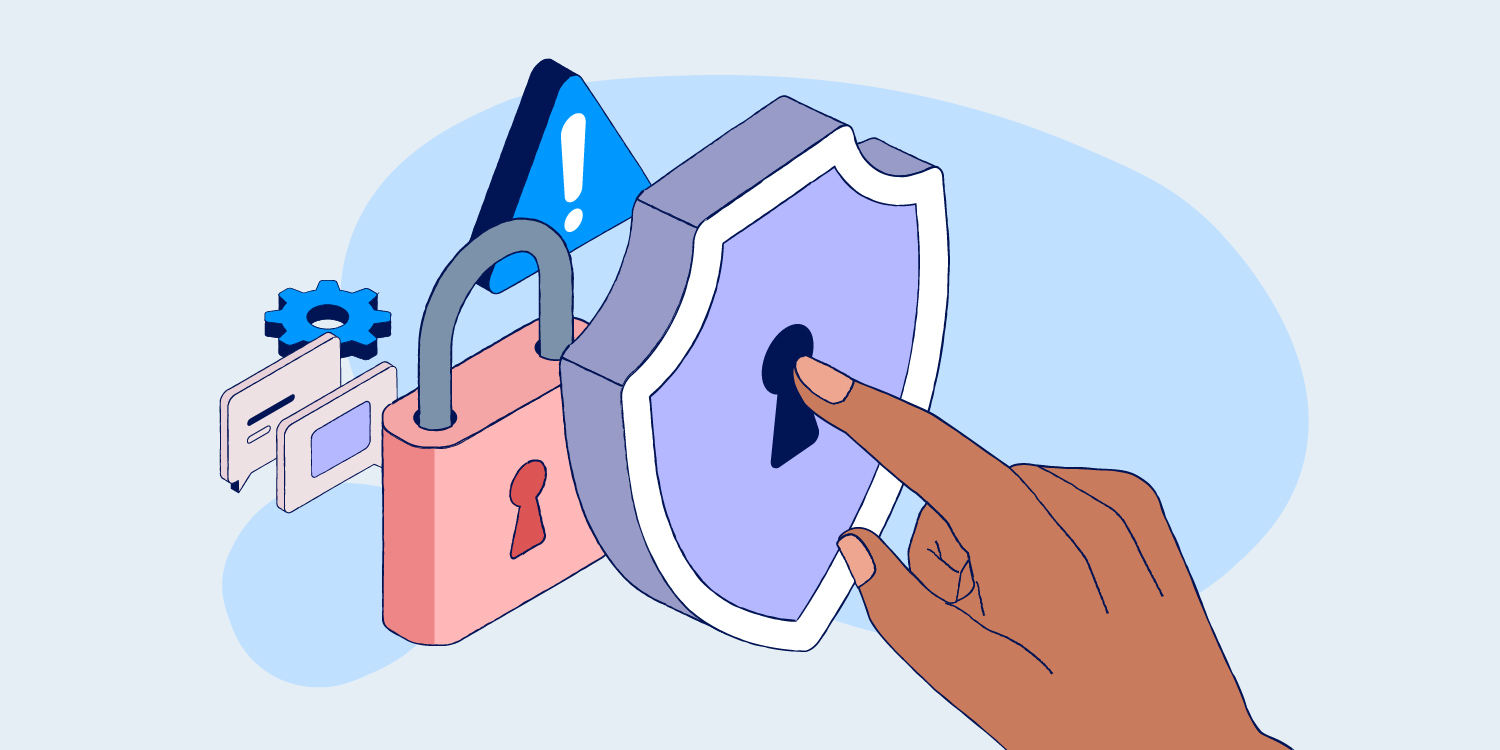Table of contents
Editor's note:
Typically, most days begin the same way for a lot of people.
You reach for your phone, check your emails, scroll through social media, skim your calendar, and respond to a few messages before you get out of bed. By mid-morning, you have accessed your cloud storage, made an online payment, tracked a delivery, or ordered something without a second thought.
In just a few hours, you have moved through dozens of digital touchpoints. And like most people, you did it without stopping to think about how secure those actions really are.
Technology is no longer optional. Banking, communication, entertainment, and even our careers are all tied to digital platforms. This level of connection brings tremendous convenience, but it also comes with real risks. Phishing scams, data breaches, and cyberattacks have become more common and easier to execute.
In a world where every part of life is linked to your online presence, you have to invest in building strong digital habits. In this blog post, we’ll give you a practical guide to online safety.
What is digital hygiene?
Digital hygiene are habits, guidelines, and practices that protect your devices, data, and privacy. Think of it as the everyday routine that prevents small mistakes from becoming major security issues. Like poor physical hygiene fosters sickness, bad digital hygiene leaves you vulnerable to cyberattacks and data theft.
Why practicing digital hygiene matters
Digital hygiene matters because your online persona is not separate from your real life. It is the space where you manage your finances, communicate with loved ones, build your career, and store your most sensitive information.
Cyber threats continue to rise not only because of advanced hacking but also because of basic human errors. According to Verizon’s 2024 Data Breach Investigation Report, 68 percent of data breaches involve mistakes made by users.
Microsoft reinforces this fact with data showing that 98 percent of common cyberattacks can be prevented by following basic digital hygiene practices. These numbers highlight a clear reality that most cyberattacks begin with small, avoidable lapses in judgment or routine.
Weak habits and overlooked details might seem minor, but they can quickly lead to serious security incidents in the digital world. Taking digital hygiene seriously is no longer optional. It is one of the most effective ways to stay secure in an always-connected environment. Good digital hygiene not only safeguards your devices, it also protects your finances, shields your privacy, and helps preserve your professional reputation. It reduces the stress and downtime caused by breaches and ensures your accounts are not misused to target others.
8 practices for improving your digital hygiene
Improving your digital hygiene does not require technical expertise. It just takes a few consistent habits to protect your data, your identity, and your peace of mind. Here are eight simple but powerful practices that make a real difference.
1. Strengthen your passwords
Your passwords are like the front door to your digital life, and you should strengthen them to safeguard your accounts. Instead of relying on short or overly complex combinations, use passphrases—long and memorable sequences that are harder to guess but easier to remember. Better still, use a password manager like Dashlane. These tools generate and securely store unique passwords for each site while also flagging any that are weak or involved in a breach. With one strong master password, you can manage all your accounts more safely.
2. Turn on multifactor authentication
Multifactor authentication adds an extra layer of protection to your accounts. Even if someone gets your password, this second step makes it much harder for them to gain access.
Go through your most important accounts, such as email, bank apps, and social media accounts, and enable this feature wherever possible. Use dedicated authenticator apps like Google Authenticator, Microsoft Authenticator, or Authy. These apps generate secure time-based codes that are far more reliable than SMS messages.
3. Adjust your social media privacy settings
You can unintentionally expose personal information on social media. Scammers often use birthdays, locations, and tagged photos to build profiles for fraud or identity theft. Take time to review the privacy settings on all your accounts. Limit who can view your posts and personal details, and set your default audience to trusted contacts. Also, check the photos and posts you have been tagged in, as friends’ settings can reveal more than you intend.
4. Review third-party apps' access
Over time, it is easy to forget which apps and services have access to your accounts. These might be connected through Google, Apple, Facebook, or others. Go into your account settings and review the list. If you do not recognise a service or no longer use it, revoke its access. Keeping this list clean helps reduce exposure and ensures only the tools you trust can interact with your data.
5. Stay current with software updates
Software updates are more than just feature upgrades. They often contain important security fixes that patch known vulnerabilities. Make it a habit to check that your devices, browsers, and critical apps are all running the latest version. Enabling automatic updates is the easiest way to stay protected without needing to think about it.
6. Set up financial and login alerts
Real-time alerts can help you catch issues before they become serious. Enable notifications from your bank for high-value transactions, foreign charges, or unusual activity. Most email and social platforms also let you receive alerts when your account is accessed from a new device or location. These alerts give you a valuable early warning and a chance to act fast.
7. Be cautious on public Wi Fi
Free public Wi Fi networks are convenient but often unsecured. This means anyone on the same network could potentially intercept your traffic. Avoid accessing sensitive accounts or entering personal information on these networks. If you must use public Wi Fi, use a trusted Virtual Private Network (VPN) to encrypt your connection and protect your data.
8. Back up your data using the 3-2-1 rule
Losing your files to theft, hardware failure, or ransomware can be devastating. Protect your information by following the 3-2-1 rule. Keep three copies of your important files, store them on two different types of media, and make sure one copy is stored in a separate location such as a secure cloud service. This method is widely used by professionals because it works and gives you peace of mind.
Conclusion
Digital hygiene is not a one-time task. It is a mindset and a continuous practice. The good news is that staying safe does not require complicated tools or technical expertise. It begins with small, consistent habits. These simple actions build a strong foundation for protecting your identity, your data, and your peace of mind.
The goal is not to be perfect. It is to stay informed, stay aware, and take control of your online life with intention. When digital hygiene becomes part of your everyday routine, security becomes second nature. That sense of control and confidence is what truly keeps you safe. Start with one step today. Each habit you build brings you closer to a more secure and resilient digital life.










.png)



%201.png)
%201.png)

%201.svg)











%201.png)
%201%20(1).png)